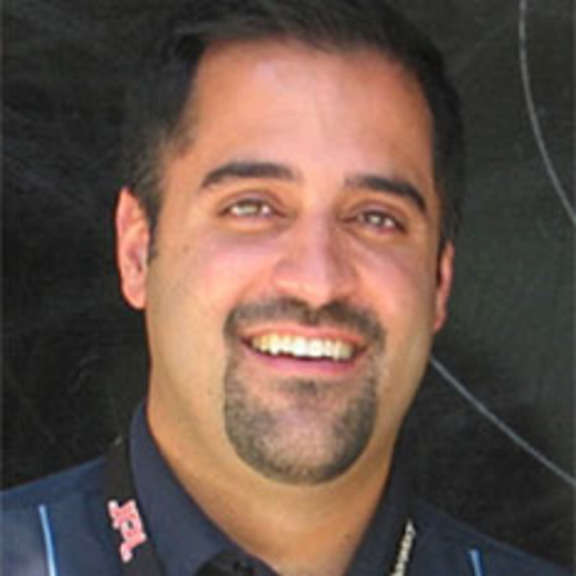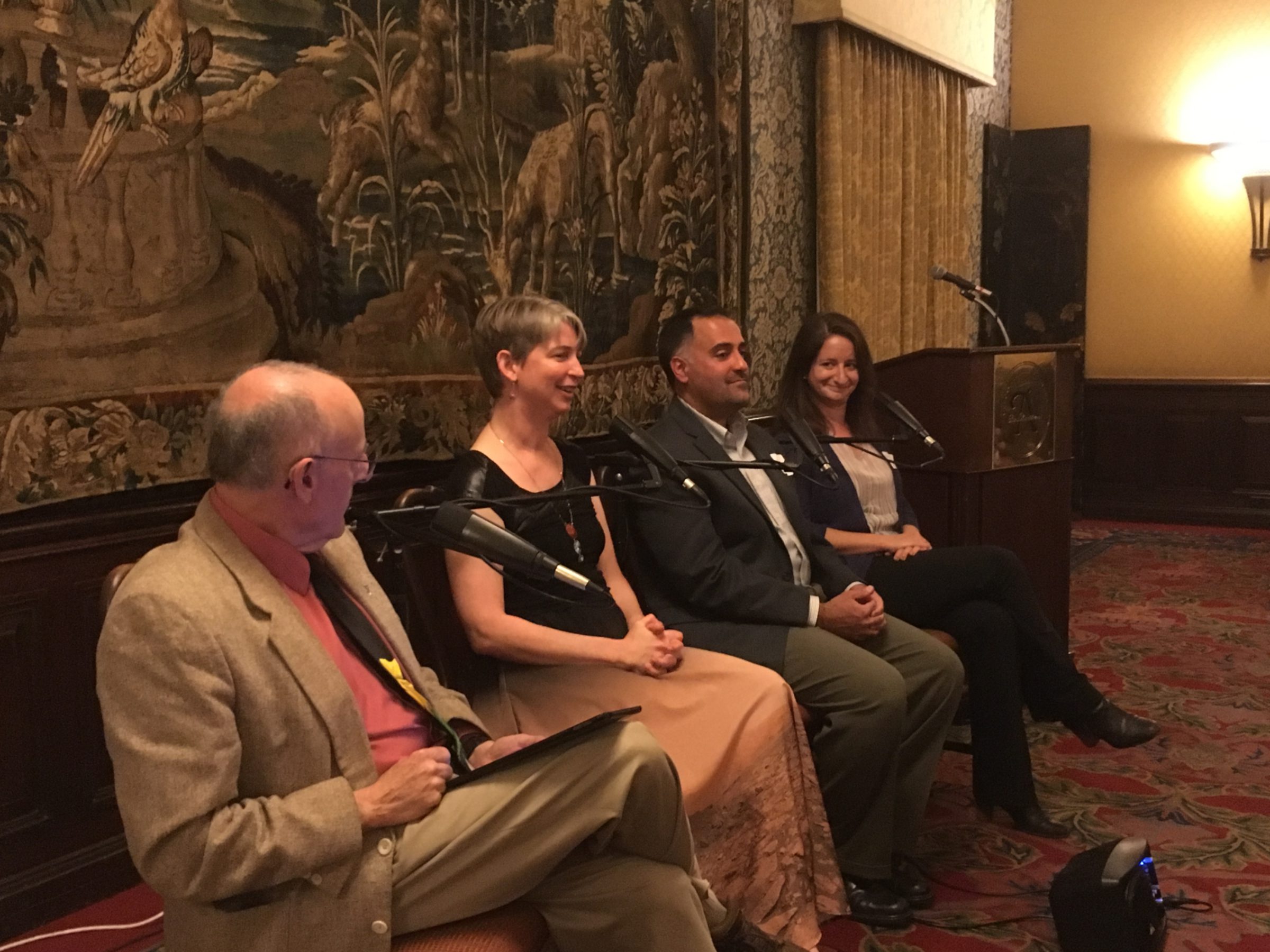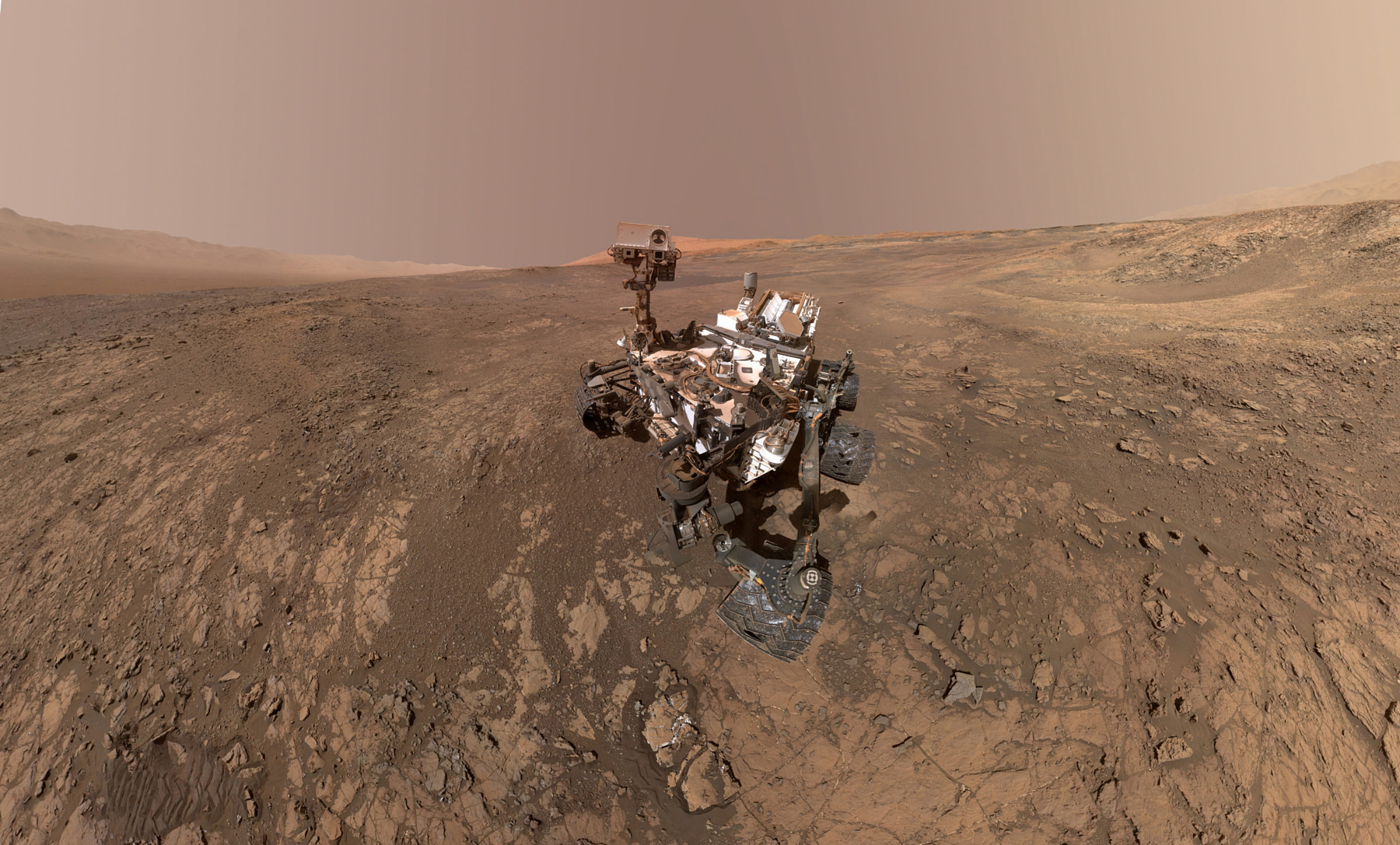Planetary Radio • Apr 25, 2018
Planetary Radio Live! – Celebrating Curiosity on Mars
On This Episode

Ashwin Vasavada
Mars Science Laboratory Project Scientist for Jet Propulsion Laboratory

Abigail Fraeman
Deputy Project Scientist for NASA's Curiosity Rover

Bruce Betts
Chief Scientist / LightSail Program Manager for The Planetary Society

Mat Kaplan
Senior Communications Adviser and former Host of Planetary Radio for The Planetary Society
Join us for an utterly fascinating live conversation with Emily Lakdawalla about her brand new book, The Design and Engineering of Curiosity: How the Mars Rover Performs Its Job. Also joining us at Caltech were Curiosity Project Scientist Ashwin Vasavada and JPL Research Scientist Abigail Fraeman. Bruce Betts and Mat Kaplan close out the evening with a live edition of What’s Up, including the space trivia contest.



Related Links:
- The Design and Engineering of Curiosity: How the Mars Rover Performs its Job
- Emily Lakdawalla, Planetary Society Senior Editor and Planetary Evangelist
- Curiosity, the Mars Science Laboratory
- MSL Project Scientist Ashwin Vasavada
- NASA/JPL Research Scientist Abigail Fraeman
A Planetary Radio t-shirt and a 200-point iTelescope.net astronomy account.
This week's question:
According to a NASA press kit, what does Mount Sharp, the mountain Curiosity is exploring, look like from orbit?
To submit your answer:
Complete the contest entry form at http://planetary.org/radiocontest or write to us at [email protected] no later than Wednesday, May 2nd at 8am Pacific Time. Be sure to include your name and mailing address.
Last week's question:
In Greek mythology, who were Andromeda’s mother and father? All three are constellations.
Answer:
The answer will be revealed next week.
Question from the week before:
What was the first nebula observed that was tied to a supernova seen by humans?
Answer:
The Crab Nebula was the first astronomical object identified with a historical supernova explosion. Yes, it seems there was an earlier supernova observed by Chinese astronomers, but its nebula was identified long after the Crab Nebula.


 Explore Worlds
Explore Worlds Find Life
Find Life Defend Earth
Defend Earth



